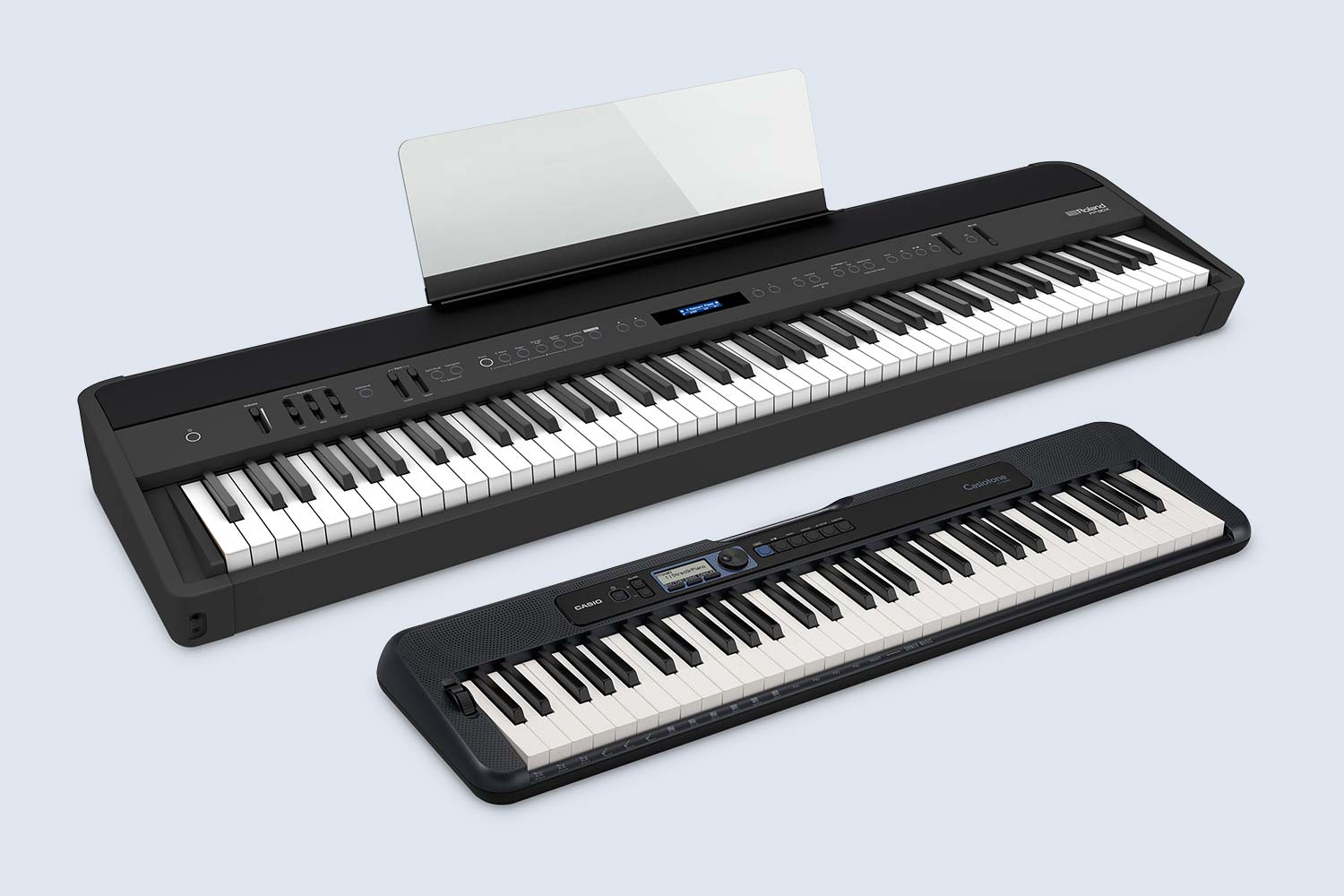 So you want to learn to play piano. Should you choose a digital piano or an electric keyboard? Parents of my music students frequently ask for help to demystify the subject and ask for recommendations. Adult students inquire as well, wishing to understand a marketplace that has changed drastically since they began playing music.
So you want to learn to play piano. Should you choose a digital piano or an electric keyboard? Parents of my music students frequently ask for help to demystify the subject and ask for recommendations. Adult students inquire as well, wishing to understand a marketplace that has changed drastically since they began playing music.
There are many similarities as well as distinct features for each instrument category. When purchasing a new piano for yourself or a loved one, understanding the subtle character variations of a digital piano versus an electric keyboard will help you make the best choice for your needs. In this article, I will sort through some of the main differences between digital pianos versus electric keyboards to help you make the best decision for your situation. You can also peruse the selection of each type at Best Buy Canada: I’ll show some examples of specific models throughout the article.
Number of keys on a digital piano vs an electric keyboard
Digital pianos have a full 88-key range. By design, they reflect the characteristics of the time-honoured acoustic piano, which also has 88 keys. A traditional piano has a simple and elegant look and distinct feel as it is played. A digital piano can authentically replicate the full acoustic version while occupying much less space in your home or music room.
On the other end, the number of keys on electric keyboards can vary from 88 keys to 25 keys. Although the primary features are black and white keys (just like a regular piano), the most common keyboards have only 61 or 49 keys. 61-key electric keyboards are a popular choice because they take up less space than the 88-key version, while still providing a nice musical range to work with.
Touch and feel of a digital piano vs an electric keyboard
Digital pianos feel most like a traditional piano as they aim to recreate the authenticity of the acoustic instrument. As a result, the weight of the keys and the overall feel of the playing experience are closely mirrored. In fact, highest-quality pianos deliver an extremely convincing experience. Note that the weight and feel of the keys are important factors in the price. Generally speaking, the more authentic digital pianos feel, the more expensive they are.
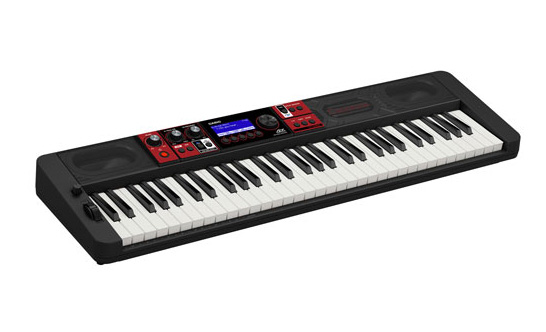
Electric keyboards feel different overall. They have the layout of a conventional piano, but the key design does not necessarily play and feel like a traditional instrument. Some models, for example, don’t have fully-weighted keys. Some electric pianos have resistance in the keys. Other models have no resistance at all. As with digital pianos, the degree to which the keys are weighted can be reflected in the price.
Touch sensitivity on a digital piano vs an electric keyboard
The vast majority of digital pianos and electric keyboards have touch sensitivity. Therefore, the volume of the keyboard will be louder depending on how hard you play the key. This allows for more expression and dynamics via the force applied. Many keyboards provided feedback to the amount of force you apply. This weighted action of the keys has drastically improved over the years to approximate the feel of a traditional acoustic piano. This is true for all of the major brands including Roland, Casio, Yamaha, Korg, and Alesis, though each brand has their own methods for creating this effect.
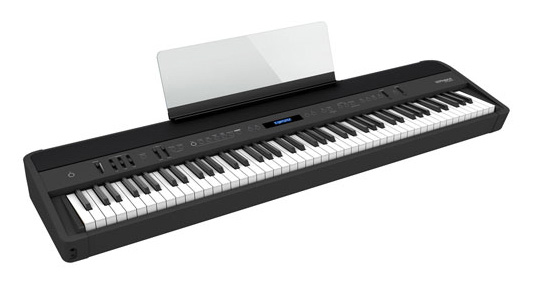
Do digital pianos and electric keyboards come with a sustain pedal?
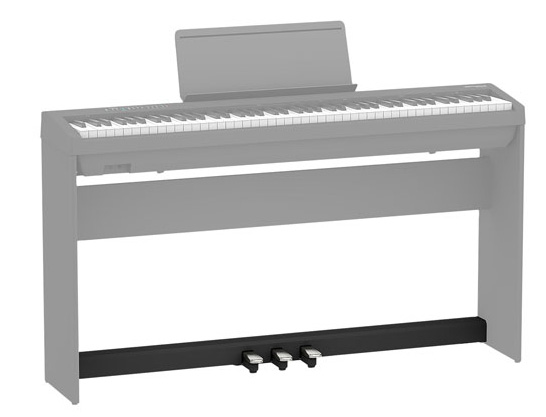
Most digital pianos are equipped with a sustain pedal, and it adds to their authenticity. In some cases, it is a single pedal that you plug in to use. Alternatively, you can find a complete set of three pedals (and these can also be found as an upgrade kit for most brands). The three-pedal assembly is usually included in the higher-end pianos.
Electric keyboards, on the other end, do not always have a sustain pedal so pay careful attention if a sustain pedal is important to you! In fact, electric keyboards generally do not have a sustain pedal in the package. It is a subtle difference you may not notice at first, so take a closer look at the details and specs before purchasing the model you like. Sustain pedals are available as an add-on, however, and you can find keyboard pedals that fit any budget.
Sounds choices on an electric keyboard vs a digital piano
An enticing feature of electric keyboards is the many sounds at one’s disposal. There can be hundreds of sounds available on some electric keyboards, varying from violins to synthesizers to drums. You will find piano sounds too, of course! Electric keyboards also often contain a large selection of pre-programmed tracks and auto-accompaniment. This creates a music-making experience that is quite different from a digital piano. Some digital pianos also have this feature, but to a lesser extent.
Authenticity is a major focus of digital pianos manufacturers. This is measured mostly in the weight and feel of the keys but also in the quality of the digitized piano sound inside. That means that digital pianos do have fewer sound choices than electric keyboards. However, the sound choices included tend to be of a higher quality and resolution. There are usually five or six sounds readily available with the touch of a button, and many digital pianos have even more sounds accessible via submenus on the instrument. You may find anywhere between 8 to 24 sounds (or more) onboard your digital piano. A quick reading of the user’s manual or a helpful YouTube video can help explain how to use them.
Portability of a digital piano vs an electric keyboard
Electric keyboards are more portable than digital pianos. A 61-key or 49-key keyboard is simply smaller than any 88-key version. The weighted and semi-weighted key systems featured in a digital piano require mechanical elements, making the instrument heavier overall. However, some digital pianos are more portable than others, and I see professionals use them regularly. Make sure to pay attention to the weight of the piano if you would like to transport it regularly.
Aesthetic differences between an electric keyboard vs a digital piano
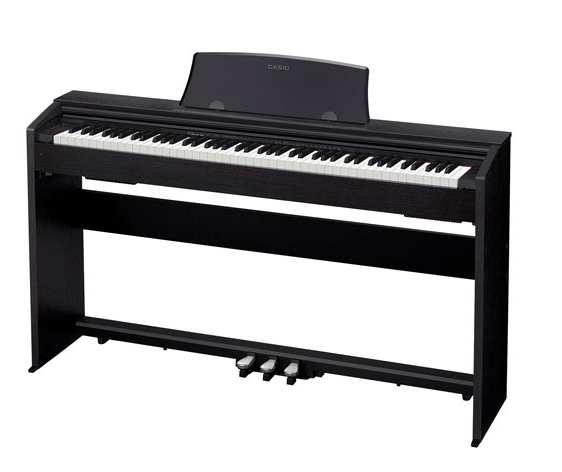
Many models of digital pianos are intended to fit into the decor of your home. If they don’t already come with a stand, there are usually upgrade kits specific to the model and brand available so digital pianos can take on a similar look to their acoustic equivalents. Digital pianos blend in well with other furnishings and can add class to your home.
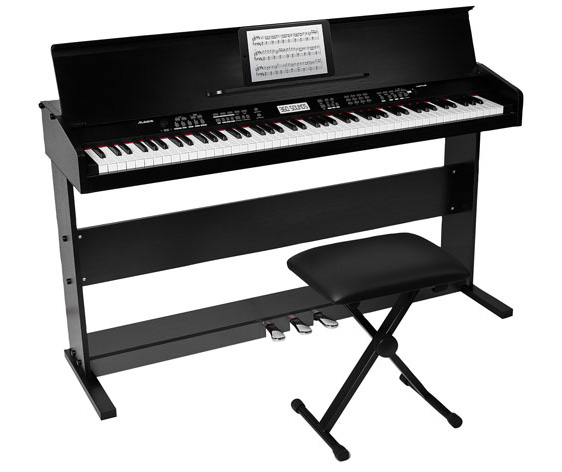
Electric keyboards, on the other hand, often have a more playful appearance. An LED menu and many buttons invite amusement and exploration. The look reflects the intention of the instrument: to explore the many sounds and features while enjoying the convenience and portability of the keyboard. It is less common to find an electric keyboard with a built-in stand. Instead, you will find a folding stand that is sold separately. Occasionally, a kit is sold that contains both the electric keyboard and folding stand.
When would you use an electric keyboard vs a digital piano

Both digital pianos and electric keyboards are fun to play. You may consider these subtle differences in usage, depending on your needs. A digital piano is a great choice if you already have experience playing piano, or if you intend to make piano repertoire your music of choice. If you’re an intermediate or advanced user, the convincing response and sound make for hours of amusement as you play through the classics, practice technique, and work on your favourite new song. For young pianists, a digital piano is a good choice too if you are taking formal conservatory-style lessons. Once again, authenticity is an important factor.
Electric keyboards offer another approach to making music. Offering a diverse sound selection, automated accompaniment, and drum features, they provide different ways to be creative. Electric keyboards are a great starting point for children as there is simply so much to explore! And when it comes to music lessons, many do just fine with a keyboard as they learn to navigate the keys and read music. Then, when they’re ready to take their learning further, you can trade up to a digital piano.

Should you get a digital piano or an electric keyboard?
Understanding the differences between digital pianos versus electric keyboards can help you make the best decision for your needs. Use this information as a guide toward finding your preference.
Features to consider when choosing between a digital piano versus an electric keyboard are the number of keys, touch, feel, key sensitivity, and need for a sustain pedal. Other important factors will be the number of sounds you desire, portability, and aesthetic qualities. Finally, it will be useful to decide who will use the instrument. Will it be young children or intermediate to advanced pianists?
Whether you choose a digital piano or an electric keyboard, you will find a great selection at Best Buy online. Have fun exploring all of the options available!



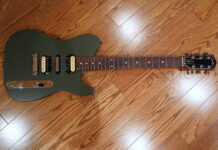


I learned that an electric keyboard can have hundreds of sounds available on some electric keyboards.
electric keyboards are more portable
I now know that the two can have a different number of keys.
I learned that the number of keys can vary on electric keyboards.
I learned that electric keyboards are more portable than digital pianos/
I learned that digital pianos have a full 88-keys and the most common electric keyboards have only 61 or 49 keys
digital pianos have 88 keys and the keys are weighted similar to a traditional piano’s keys
One difference is the number of keys.
Digital pianos have 88 keys just like traditional pianos. A keyboard can have as little as 25 keys not allowing the full range of sound
Digital pianos have a full 88-key range and the most common electric keyboards have only 61 or 49 keys
Comments are closed.